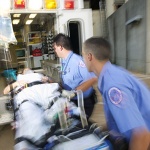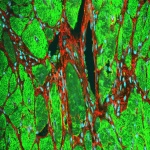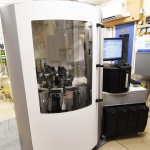
News • Ventricular tachycardia
Deadly heart rhythm halted by noninvasive radiation therapy
Radiation therapy often is used to treat cancer patients. Now, doctors at Washington University School of Medicine in St. Louis have shown that radiation therapy — aimed directly at the heart — can be used to treat patients with a life-threatening heart rhythm. They treated five patients who had irregular heart rhythms, called ventricular tachycardia, at the School of Medicine. The patients…


























